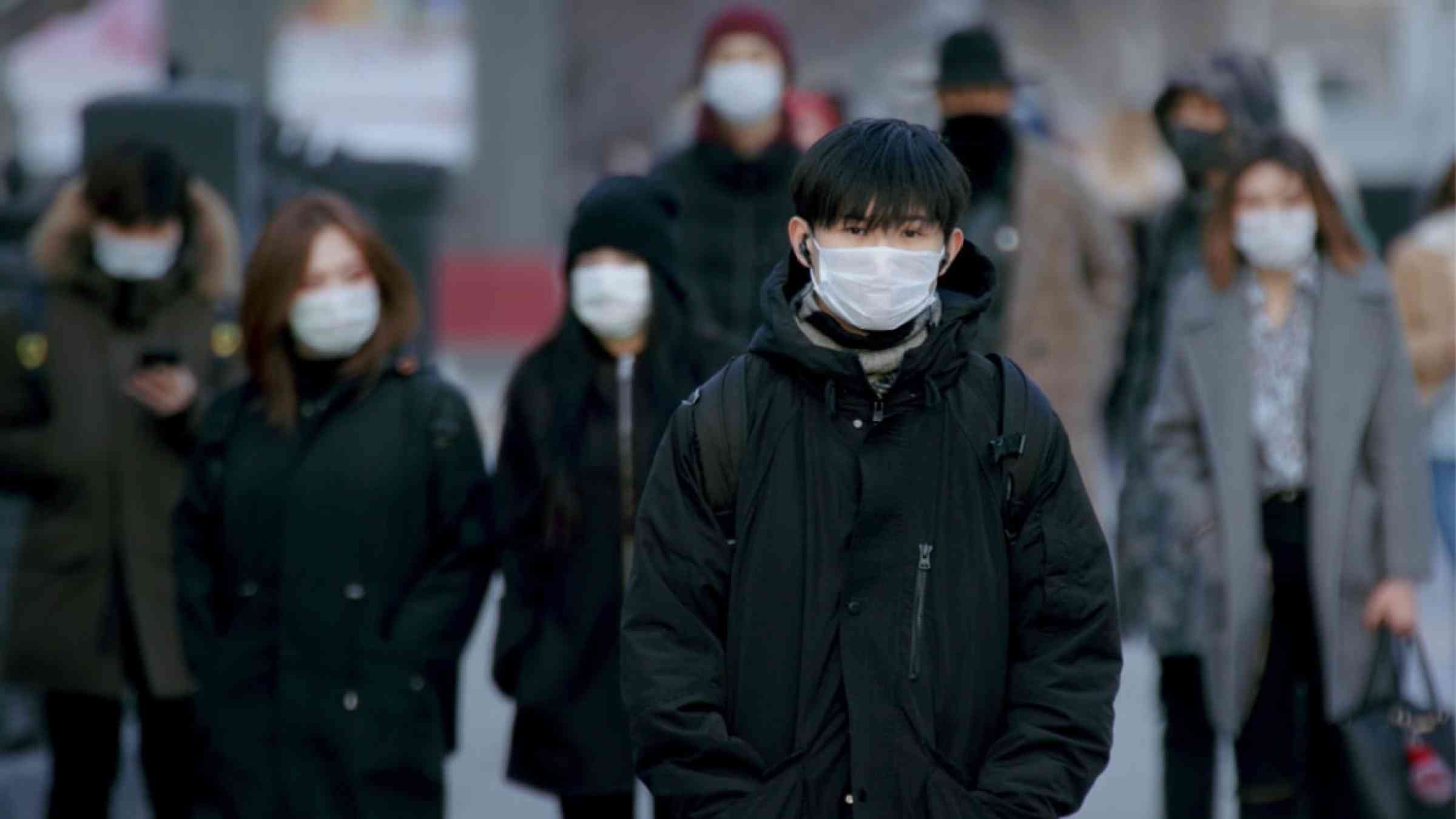Learning from South Korea: Building resilient health systems for pandemic preparedness

Korea’s response to COVID-19, heralded as one of the most successful in the world, offers a good example on how to build a resilient health system. At the beginning of the pandemic, Korea was able to slow the spread of the coronavirus without imposing large-scale and strict lockdowns and overwhelming health facilities. Although the number of COVID-19 cases jumped significantly in early 2022 due to the spread of the more transmissible Omicron variant and a revamped testing regime that cast a broader net to detect infections, Korea has had a much lower rate of total confirmed COVID-19 deaths per million population than other countries (see graph). This may be attributed to high vaccination rates, with 86 percent of the 52 million population fully vaccinated.
.png)
What accounts for Korea’s success?
There are three lessons countries can learn from the country’s success:
1. Korea has made sustained investment in public health capacity to help respond to public health crises
Korea’s Framework Act on the Management of Disasters and Safety and the Infectious Disease Control and Prevention Act clearly outline institutional responsibilities to deal with public health crises. The Ministry of Health and Welfare (MoHW) is responsible for system stewardship, policy formulation, health planning, and implementation nationwide. The Korea Disease Control and Prevention Agency (KDCA), acts as the control tower for the prevention and control of infectious diseases, in collaboration with local public health agencies, and supports a nation-wide public-private laboratory network, carries out surveillance, epidemiological investigation, and diagnostic activities. A four-level risk alert system is in place, defining situations that trigger each level of alert and corresponding response measures involving different levels of government agencies. Essential services are delivered through an extensive network of hospitals and clinics. The Korea Institute of Drug Safety and Risk Management (KIDS) is in charge of monitoring the safety of marketed medicines.
An integrated information and communication technology (ICT)-based system for surveillance and other public health actions, which is part of the country’s integrated disaster and safety information system, links human and animal health data systems managed by separate ministries, including the electronic medical records system in health facilities. It provides real-time information for cross-agency coordination, risk communication, education campaigns, contact tracing, and prevention of facility-acquired infections.
Dedicated investment in research and development is noteworthy. Since 2017, Korea’s Ministry of Science and ICT has invested in the development of infectious disease diagnostic technology, helping establish public-private partnerships that were needed to quickly develop diagnostic tests during COVID-19. The government has also promoted the development of the pharmaceutical industry, participated in the COVAX facility, and strengthened international diplomacy, to extend vaccine supply.
2. Korea learned from previous outbreaks to optimize governance mechanisms and build local capacity
Korea’s COVID success stems from lessons in managing the SARS outbreak in 2003 and the MERS outbreak in 2015, which brought to light serious inadequacies in the health system.
The legal framework has been revised continuously to enable more effective crisis management. It allows the MoHW to request data during an emergency from telecommunication companies and other organizations to identify disease clustering and conduct contact tracing. The revisions also expanded responsibilities of local governments and improved coordination between central and local governments. The role, functions, and capacity of KDCA has been expanded and strengthened over time. In 2020, it evolved to become an independent agency with autonomy from MoHW, taking leadership in infectious disease prevention and control.
For service provision, MoHW revised its triage protocol, designated new hospitals as infectious disease hospitals, equipped them with additional negative pressure isolation rooms, and established the Central Infectious Disease Hospital within the National Medical Center to oversee operations at the designated infectious disease hospitals. Emphasis has been placed on the proper use of and training in personal protective equipment (PPE) to minimize exposure to hazards that cause workplace injuries and illnesses. The public health workforce was enhanced, both in size and capability, and medical supplies for 11 priority diseases identified by KDCA are stored in the national stockpile, with real-time management.
3. Sustained health financing arrangements underpinned Korea’s COVID response
The strengthening of the health system has been supported by sustained funding, via allocations from the central and local governments, and the compulsory National Health Insurance (NHI) that covers more than 97 percent of the total population. While population-level prevention and outbreak response are funded by the government, a comprehensive benefit package of medical care services is offered by NHI. During COVID, the government also provided supplementary budgetary allocations to purchase vaccines, support vaccination rollout, and overall infection control.
The National Health Promotion Fund, financed through earmarked tobacco taxes, helps fund the KDCA and NHI, and the Disaster Management Fund, which collects one percent of local government tax revenue, helps fund local expenditures during emergencies.
Conclusion
The establishment of The Pandemic Fund by the World Bank Group in mid-2022, with support from the G20, recognized the urgent need for coordinated action to build stronger health systems, and mobilize additional resources for pandemic prevention, preparedness, and response.
The sharing of knowledge and practices among countries can provide immense good for global development. Korea’s remarkable development journey over the past 60 years offers a rich experience in different sectors that is worth emulating, particularly its long-standing commitment to universal health coverage and building a resilient health system able to manage and learn from sudden and extreme shocks, such as a pandemic.